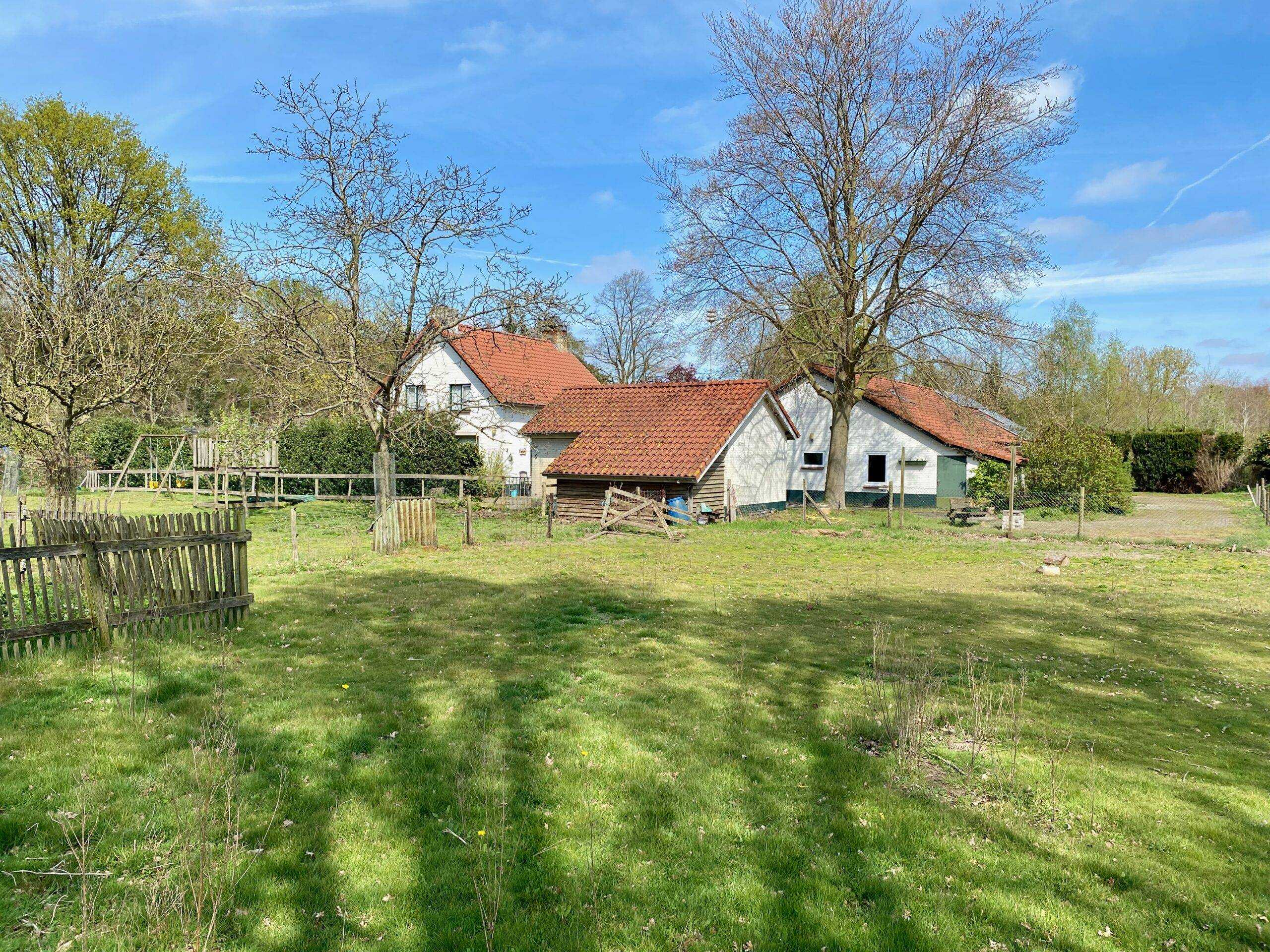Hi 👋, I am Hugo, and I am documenting my journey renovating our recently purchased house in the countryside to be as comfortable as possible, while having zero energy costs. On this website, you will find all the information you need to achieve the same goal for your home. There are many ways to do this, so don’t worry if you don’t know where to start. I will guide you through all steps.

So, this is the house we bought and – as you can see – has some room around it.
So, net-zero (energy-neutral) houses, what are the steps you need to know before beginning your project?
Lowering Your Overall Energy Needs
Replacing High Energy Using Appliances
The best and often easiest way to use less energy, and save money is by replacing old appliances that use too much electricity. If you have an old refrigerator, freezer and washer/dryer in your home then it would take about 5 to 6 solar panels just so they can make up for their annual consumption! So this is a great place to start on your journey to net-zero living.
Level Up Your Insulation Game
Another quick win to use less energy in a house is by making sure that it’s well-insulated. This will help keep the temperature stable, even when things get cold in winter, or warm in summer. In older homes especially (like our project), there are always higher losses which means more energy is needed just for comfort’s sake. By properly insulating a home, you can save energy and money on heating costs.
2. Calculating Your Home’s Energy Needs
To heat and/or cool efficiently in the future, we must first understand our needs. Once we know how much energy we require, we can research which options will work best for us. We typically base these decisions on past use of natural gas as it provides insight into what our new situation might entail. Furthermore, another option that comes up is the utilization of a heat pump. However, before choosing this method, we must evaluate what conditions the heat pump must meet and whether or not it would be effective based on those specific circumstances.
4. What Does Net-Zero Living Means Financially?
Although it may be expensive upfront, in this section we will explore how subsidies and schemes can make net-zero living attainable for most of us. There is a lot of discussion around whether or not these measures are affordable, but it all comes down to perspective and your time horizon.
5. You’ve Got To Pump It Up… 🎧
If you’re like most people, you probably think of a heat pump as something that helps to heat your home in the winter. But did you know that a heat pump can also cool your home in the summer? In fact, a heat pump is one of the most versatile and energy-efficient heating and cooling systems available today. However installing them in an existing house is somewhat challenging.
6. Balance Is The Key To Succes
Balance in this context means that devices neither consume additional energy nor produce additional energy. A battery is a perfect example: The energy put into it can be used at another time. Another great example of this concept is a heat exchanger (which stands for “warm air through ventilation”). This not only provides fresh air but also heats the cold air with warm air that would otherwise just be lost – all without spending much energy.
7. Different Types of Heating Systems
There are a variety of heating systems for houses, each with its advantages and disadvantages. There are radiators, underfloor heating and wall heating. All of these options have different pros and cons of course. The most used option for new houses is underfloor heating, as it is the most comfortable option available.